11 GPTs for Results Interpretation Powered by AI for Free of 2025
AI GPTs for Results Interpretation are advanced computational tools designed to analyze and interpret data outputs using the power of Generative Pre-trained Transformers. These AI models are tailored for specific fields, including but not limited to, scientific research, business analytics, and healthcare diagnostics. By leveraging natural language processing and machine learning, GPTs can provide nuanced insights, making complex data more accessible and actionable for decision-makers. Their role is pivotal in transforming raw data into comprehensible results, aiding in the comprehension of vast datasets and enhancing decision-making processes.
Top 10 GPTs for Results Interpretation are: Lab Report,Statistic Guru,Research Reviewer,Physics IA Mentor,IB Chem IA Guide,🧑🏫 정말 완벽한 논문 요약 설명 (API + 5모드),R Bioinfo Solver,Dissertation Synthesizer,Research Reader,Papers Scholar
Lab Report
Elevate Your Research with AI
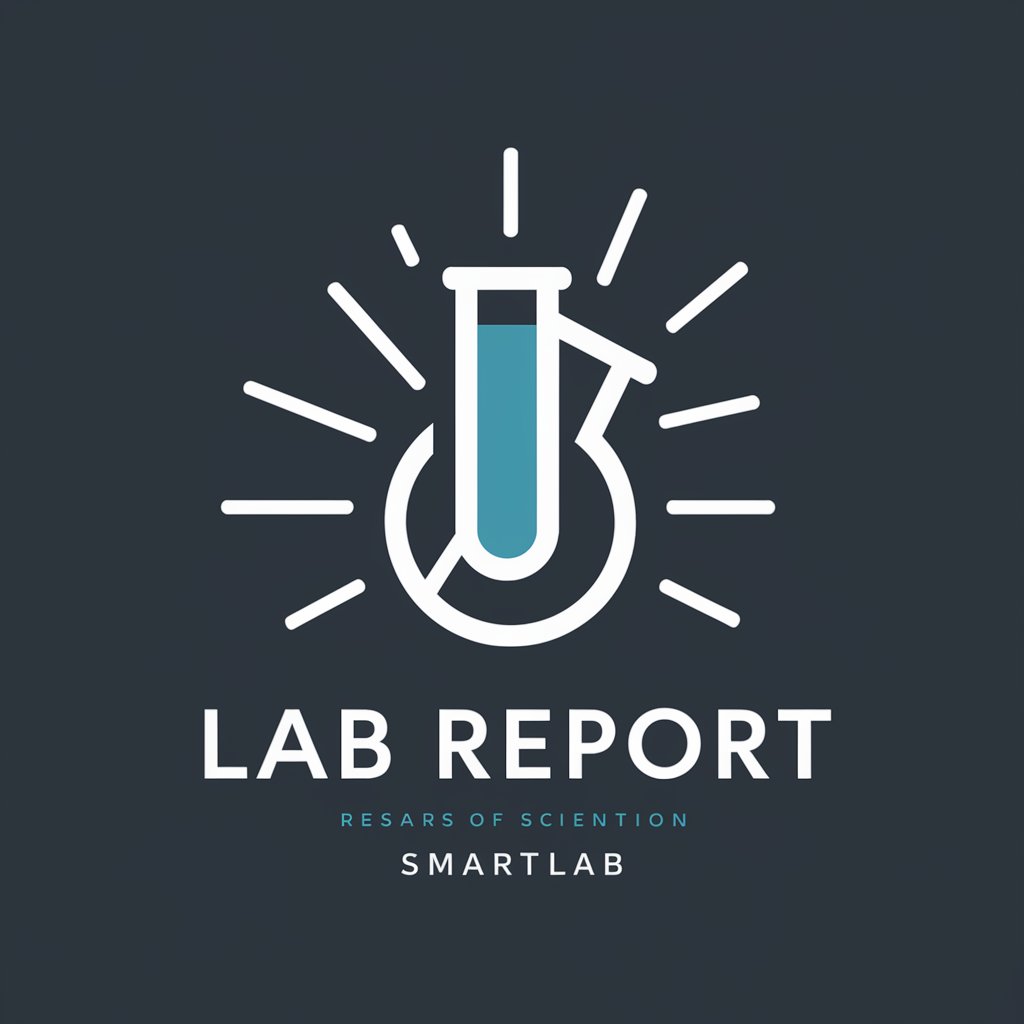
Statistic Guru
Empowering your data with AI
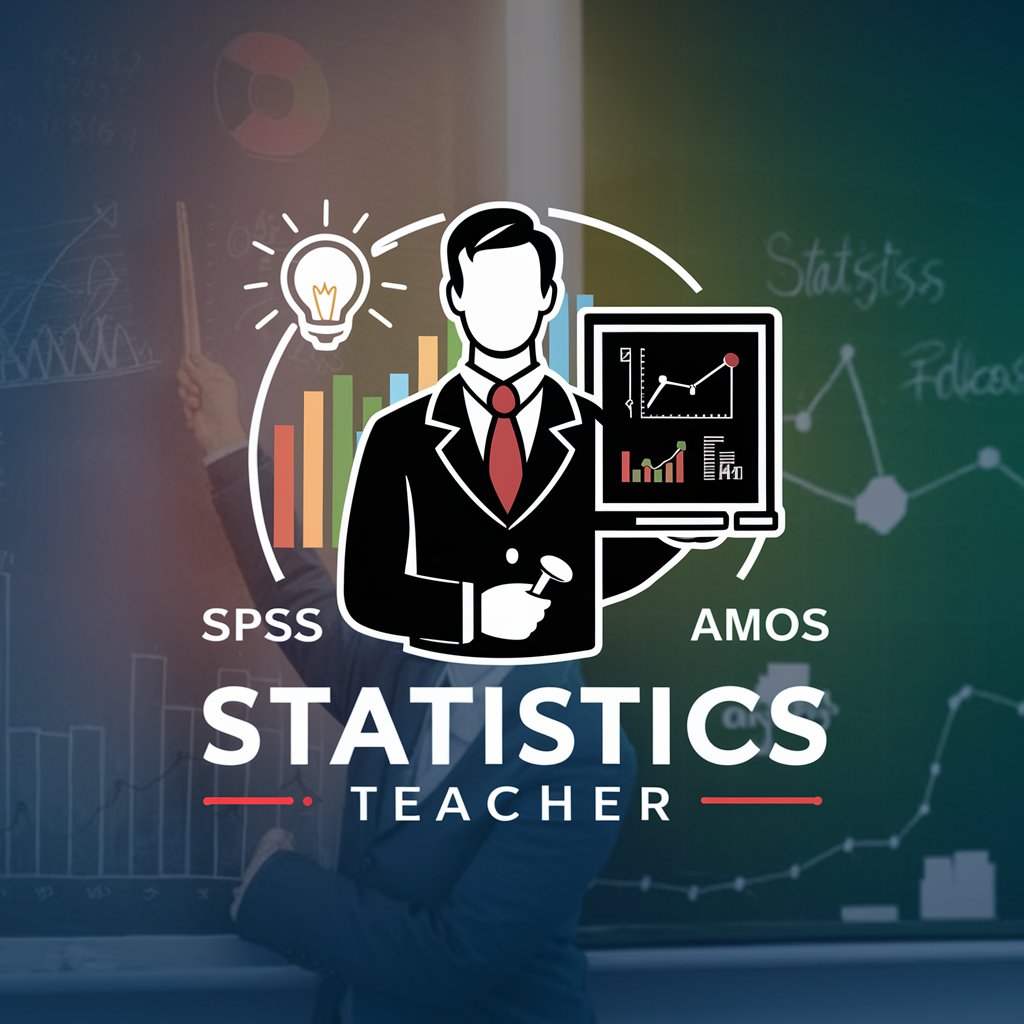
Research Reviewer
Elevating Research with AI-Powered Reviews

Physics IA Mentor
Empowering Physics Research with AI

IB Chem IA Guide
Transforming Chemistry Learning with AI
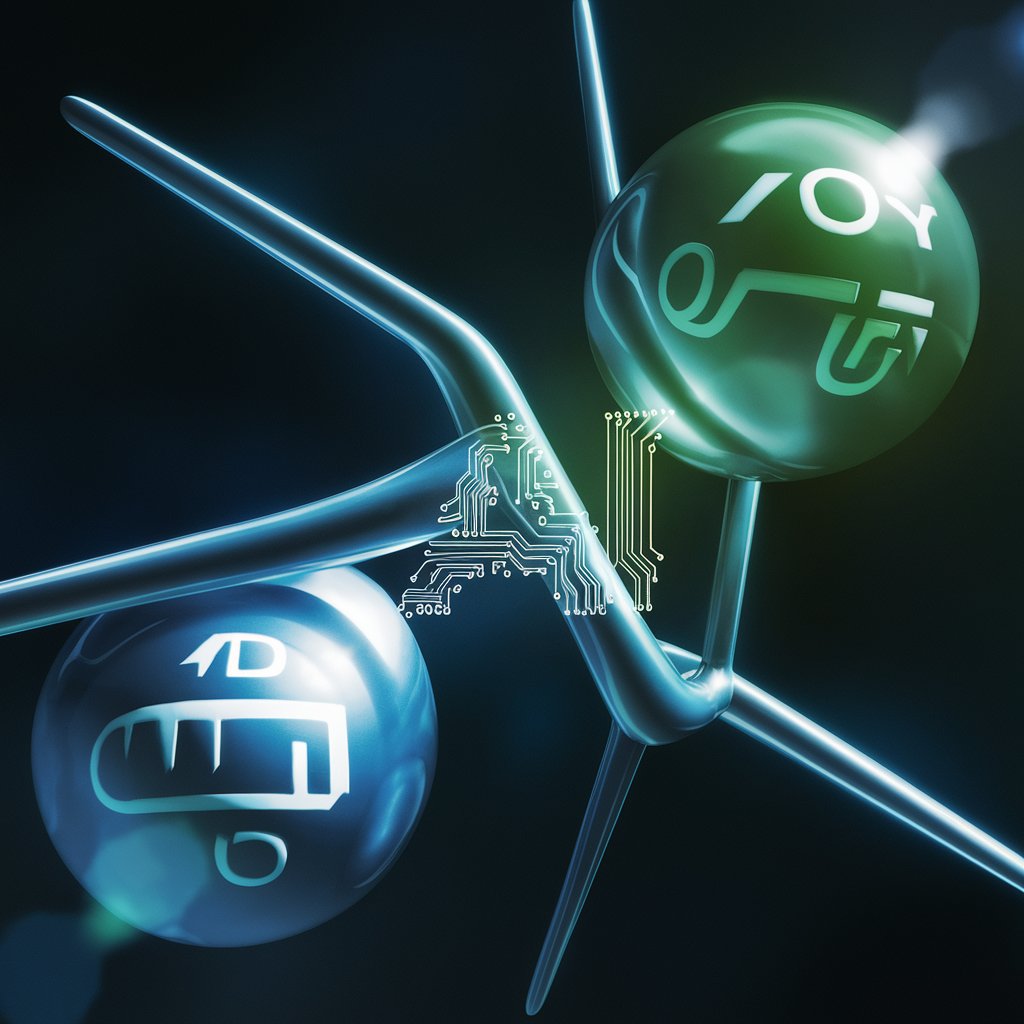
🧑🏫 정말 완벽한 논문 요약 설명 (API + 5모드)
Decoding Research with AI Power
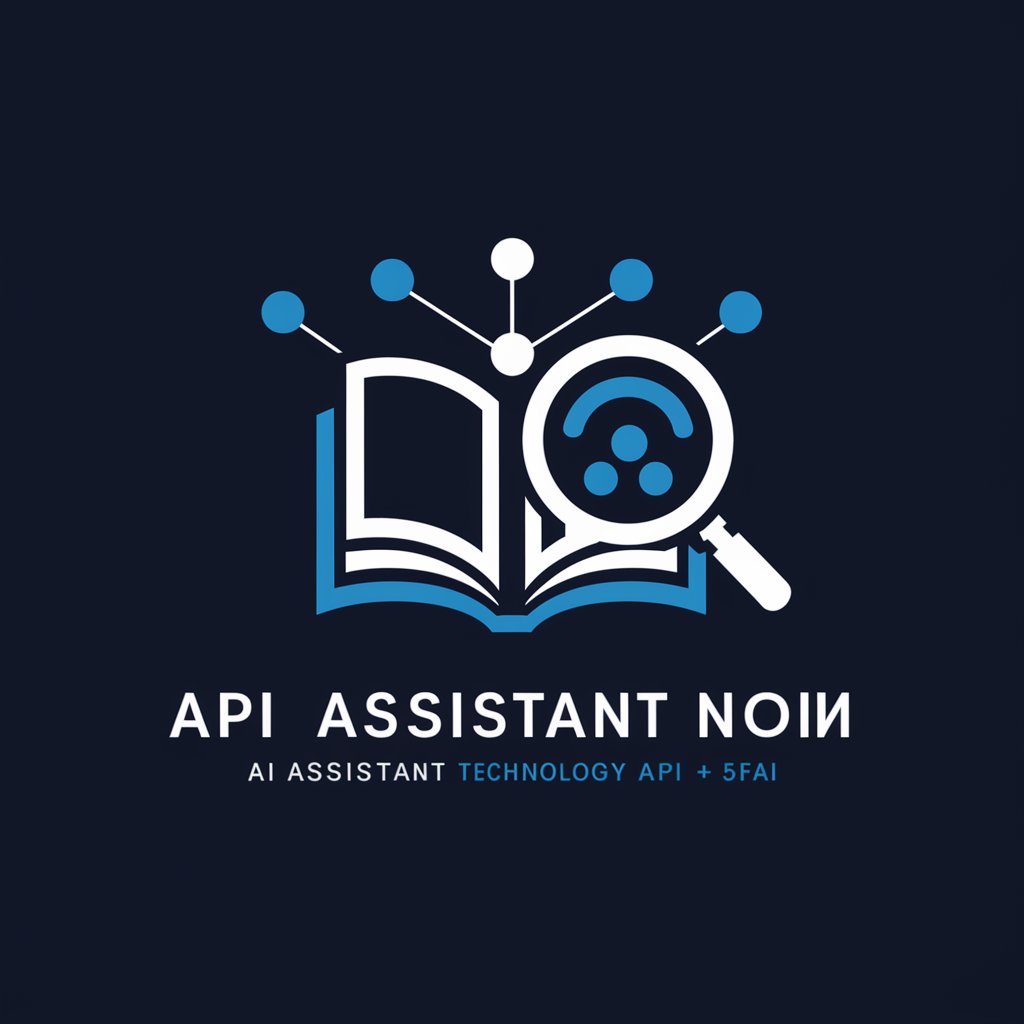
R Bioinfo Solver
Powering bioinformatics with AI-driven R solutions.
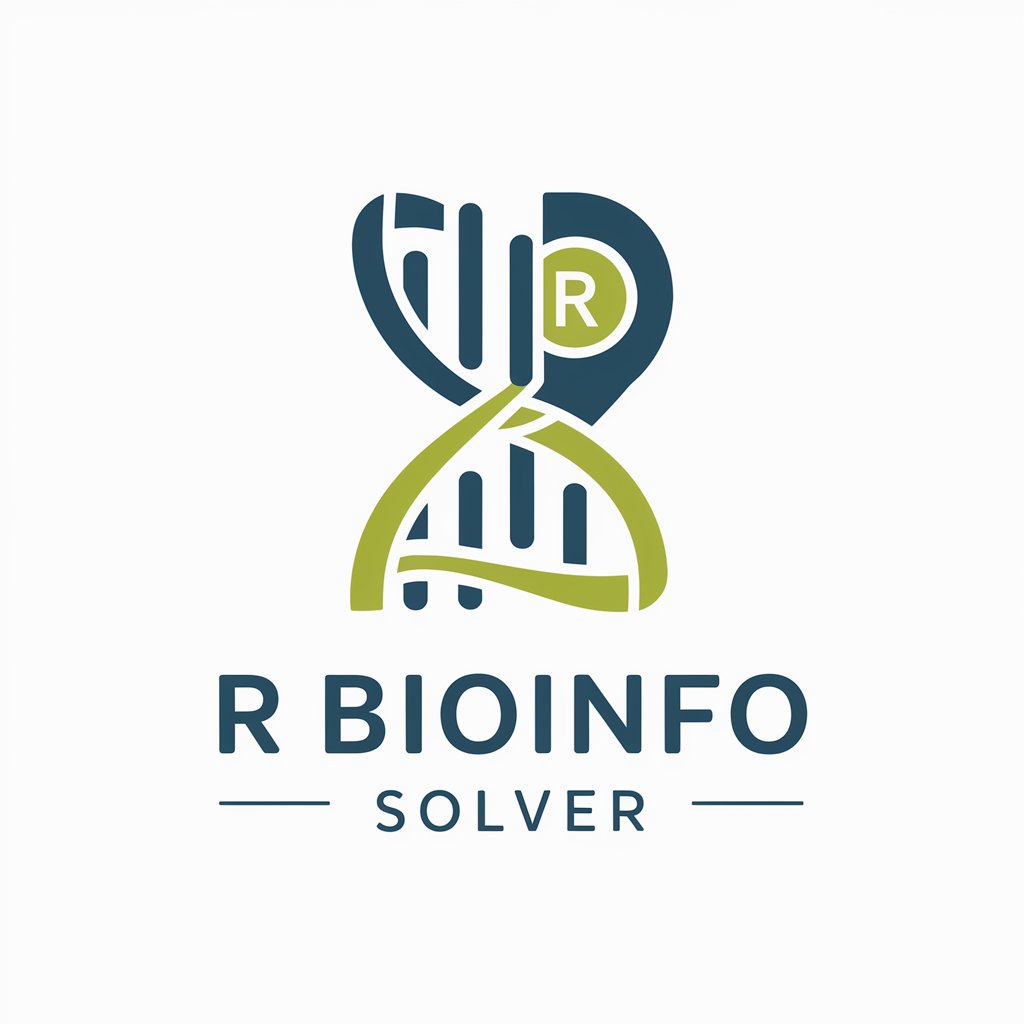
Dissertation Synthesizer
Streamlining Dissertation Writing with AI

Research Reader
Deciphering Science, Enhancing Knowledge
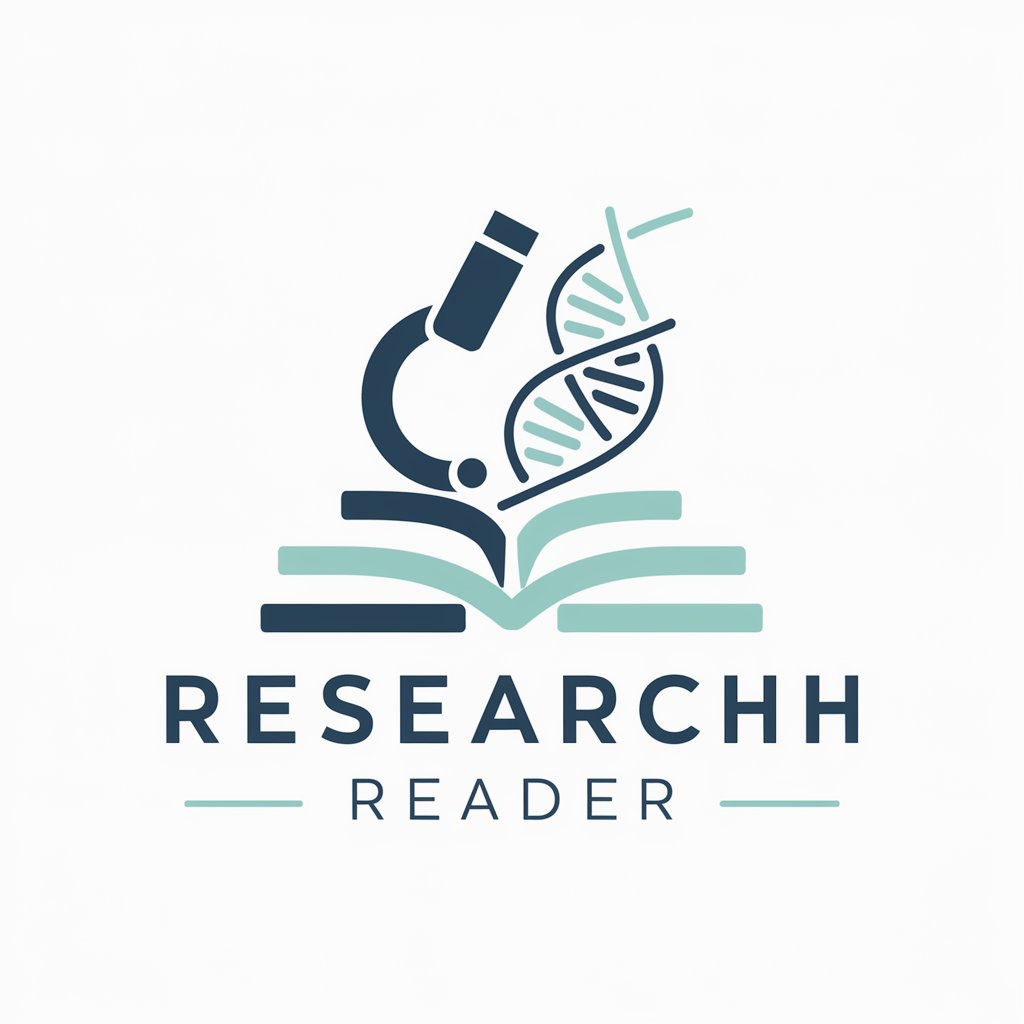
Papers Scholar
Revolutionizing Research with AI-Powered Insights

Econometrics Expert
AI-Powered Econometrics Analysis Assistant

Key Attributes and Functions
AI GPTs for Results Interpretation come equipped with a range of capabilities designed to handle the nuances of data analysis. These include adaptability to various data types and formats, the ability to learn from context for more accurate interpretations, technical support for integrating with existing data systems, and advanced web searching for supplemental information. Special features might encompass image creation for visual data representation, in-depth data analysis for predictive insights, and natural language understanding for generating human-readable reports.
Who Benefits from AI GPTs in Results Interpretation
The primary beneficiaries of AI GPTs for Results Interpretation include data scientists, research analysts, healthcare professionals, and business strategists, among others. These tools are invaluable to novices who require simplified explanations of complex datasets, as well as to developers and technical experts looking for customizable solutions. Their accessibility without coding skills, paired with options for deeper programming integration, makes them versatile for a wide audience.
Try Our other AI GPTs tools for Free
Cuisine Specific
Explore the world of Cuisine Specific AI GPTs: your digital sous-chef for recipe innovation, culinary insights, and personalized cooking guidance.
History Writing
Explore AI GPT tools for History Writing: advanced AI solutions transforming historical research, education, and content creation with tailored, user-friendly technology.
Travel Chronicles
Discover how AI GPTs revolutionize travel planning and experiences, offering tailored content, personalized advice, and seamless integration for enthusiasts and professionals alike.
Content Polishing
Elevate your content to professional standards with AI GPTs for Content Polishing. These tools refine grammar, style, and clarity, making any text polished and impactful.
Investment Decision
Discover how AI GPTs for Investment Decision revolutionize financial analysis, offering predictive insights and personalized investment strategies with sophisticated AI technology.
Methodology Insight
Discover how AI GPTs for Methodology Insight revolutionize the exploration and application of methodologies with tailored AI solutions.
Further Exploration into AI GPTs' Custom Solutions
AI GPTs for Results Interpretation not only simplify data analysis but also offer custom solutions across various sectors. Their user-friendly interfaces and adaptability make them ideal for integrating with existing systems, streamlining workflows, and enhancing productivity. These tools are continually evolving, incorporating the latest AI advancements to provide deeper insights and more nuanced interpretations.
Frequently Asked Questions
What exactly are AI GPTs for Results Interpretation?
AI GPTs for Results Interpretation are AI-driven tools that analyze and interpret data, leveraging Generative Pre-trained Transformers to provide understandable insights from complex datasets.
Who can benefit from using these tools?
Data scientists, analysts, healthcare professionals, and business strategists, as well as novices without technical skills, can benefit from these tools.
Can these tools be customized?
Yes, they offer both user-friendly options for those without coding skills and customizable programming features for technical users.
Do these tools support image creation?
Yes, some GPTs include capabilities for creating visual representations of data to aid in interpretation.
How do AI GPTs improve decision-making?
By transforming complex data into understandable insights, these tools enhance the decision-making process by providing clear, actionable information.
Can AI GPTs integrate with existing systems?
Yes, they can be tailored to integrate with existing data systems and workflows, facilitating seamless analysis and interpretation.
Are these tools accessible to beginners?
Absolutely, one of their key advantages is making data interpretation accessible to users without specialized data analysis skills.
What makes AI GPTs unique in data interpretation?
Their use of natural language processing and machine learning to provide contextually relevant, accurate interpretations of data sets them apart.